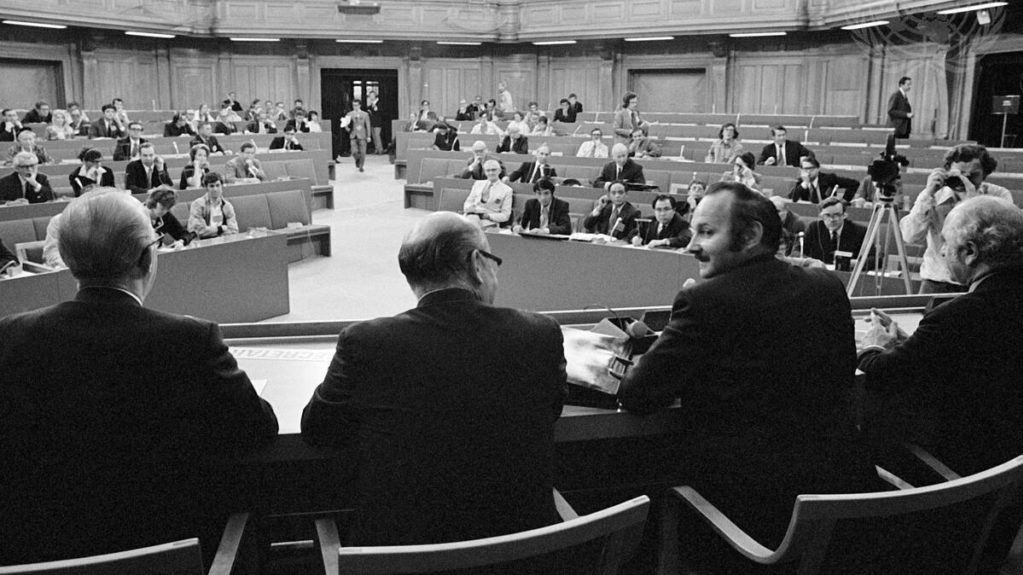Henrik Selin has been at Boston University since 2004 and his research and teaching focuses on global and regional politics and policy making on environment and sustainable development. He is the author of EU and Environmental Governance and Global Governance of Hazardous Chemicals: Challenges of Multilevel Management. He is also the author and co-author of more than four dozen peer-reviewed journal articles and book chapters. He also serves as Associate Editor for the journal Global Environmental Politics. Learn more about Professor Selin on his faculty profile.
Selin Examines Stockholm Conference and Geopolitical Divides

Henrik Selin, Associate Professor of International Relations and Associate Dean for Studies at the Frederick S. Pardee School of Global Studies at Boston University, co-authored a China Dialogue article reflecting on the first United Nations Conference on the Human Environment (Stockholm Conference) of 1972
The article, titled “How the first global environment talks contained the shape of things to come,” is co-authored by Selin and Björn-Ola Linnér, Professor in Environmental Change at the Centre for Climate Science and Policy Research at Linköping University, Sweden. The content of the piece was pulled from the co-authors’ chapter in the book Anthropocene (In)securities: Reflections on Collective Survival 50 Years After the Stockholm Conference.
Selin and Linnér’s article analyses Stockholm Conference from a geopolitical perspective. The two explore the geopolitical tensions between the East and West that hung over the conference, the growing divisions between industrialized and developing countries, as well as the wide scope of issues over the past 50 years of Stockholm Conferences that have hampered much subsequent global environmental cooperation.
The full article can be read on China Dialogue‘s website.